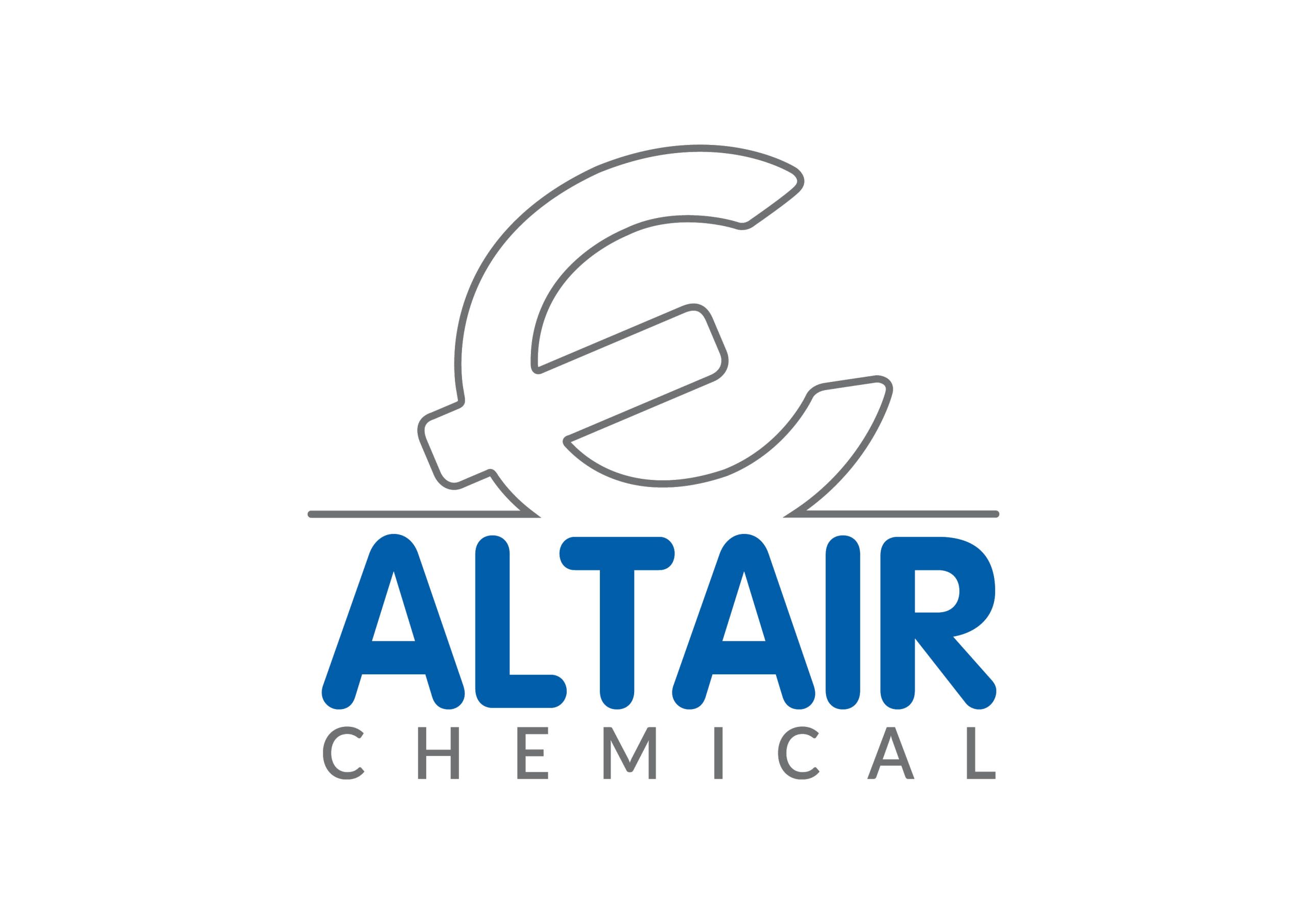
History
Esseco Industrial
2024
Altair Chemical is created from the merger of Hydrochem of Pieve Vergonte (VB) and Altair Chimica of Saline di Volterra (PI)
2021
Pieve Vergonte – Investments – of over 50 million euros – are completed for the relaunch of the site and the transition to membrane cell technology for the elimination of mercury.
2019
Pieve Vergonte – The Esseco Group acquires the plant, whose energy needs are mainly satisfied by the two connected hydroelectric power plants of Megolo and Ceppo Morelli. This acquisition contributes to the development of the group’s production capacity in the chloralkali sector, which has the Saline di Volterra plant as its flagship.
2017
Saline di Volterra – A new plant for caustic potash (KOH) in flake form of at least 10,000 tonnes/year, a pilot plant for food grade solid potassium chloride (KCl) of at least 3,000 tonnes/year and a plant for caustic soda (NaOH) in solution, are built and begin production.
2015
Saline di Volterra – The production capacity of the plant is further increased, bringing the plant target to 55,000 tonnes/year of chlorine and 87,000 tonnes/year of 100% caustic potash.
2013
Saline di Volterra – With the start of the production of chloro-paraffins, under the commercial name “ESSECHLOR”, the company enters the organic chemistry sector and significantly increases the production capacity of the site.
2012
Saline di Volterra – The plant confirms its commitment to reducing electricity consumption with the start-up of a new 4.5 MW cogeneration plant, which also allows the recovery of carbon dioxide (CO2) for the production of potassium hydroxide (K2CO3) and hydrogen (H2) for the self-production of green energy.
2011
Saline di Volterra – The plant became part of the Esseco Group, a family-owned Italian industrial group with almost 100 years of history, its main Italian customer for caustic potash (KOH).
Saline di Volterra
1959 - 2010
Larderello S.r.l., a private company with plants in Larderello (Pisa), builds a chlorine-soda plant in Saline di Volterra: on July 6th, President of the Republic Gronchi lays the foundation stone of the new chemical plant.
1995 The Saline di Volterra industrial complex became Altair Chimica S.r.l., a wholly Italian-owned company.
2005 Altair Chimica signs an agreement with the Italian Ministry of the Environment and the EU for the redevelopment and modernisation of the Saline di Volterra plant, which includes the total elimination of mercury from all production processes and the reduction of electricity and water consumption from the nearby river.
2008 Altair Chimica completely abandons mercury cell technology, inaugurating a new plant for the production of totally mercury-free caustic potash using membrane cell technology. The new plant, built from scratch on a “virgin” site (the so-called “green field project”), to avoid any potential risk of mercury contamination present in old infrastructures, was the first plant of this type in Europe and, from a technological point of view, is still among the most advanced in the world for the production of very high purity inorganic potassium derivatives. The new plant cuts electricity consumption by 30 per cent and water withdrawal from the nearby river by 40 per cent.
2010 Altair Chimica started an ambitious debottlenecking project, i.e. optimising the production plant to increase its overall capacity, including investing in a new hydrochloric acid (HCl) plant.
Pieve Vergonte
1915 - 2010
The chemical plant in Pieve Vergonte is founded in Milan on the 15th November bearing the name ”Stabilimento di RUMIANCA Ing. A. Vitale”.
The company’s purpose is the installation of an electrolysis plant for the production of chlor-alkali. They have selected the area in Val d’Ossola, where hydroelectric power stations of considerable power are already being built and chlorine-soda requires the availability of high levels of electricity. At the same time, other production cycles are started, such as carbon disulphide, sulfuric acid and, later, carbon tetrachloride and chlorine lime.
1981 – 1982 RUMIANCA risks permanent closure when the SIR was overwhelmed by accumulated debts.
Thanks to the intervention of the Italian government, which established the programme for the reorganisation of the SIR-RUMIANCA group, the Pieve Vergonte plant is transferred to ANIC, an ENI Group company, which in 1983 transfers the plants to ENICHIMICA SECONDARIA S.r.l. (which subsequently became ENICHEM SINTESI S.r.l.); Rumianca S.r.l. goes into liquidation.
1997 The chemical plant in Pieve Vergonte is sold to TESSENDERLO Italia S.r.l., a Franco-Belgian company.
The new owners made significant investments in improvements and renovations, with a particular focus on hydroelectric facilities, but were unsuccessful in relaunching the plant, which instead saw the gradual closure of most of its production lines over time.
